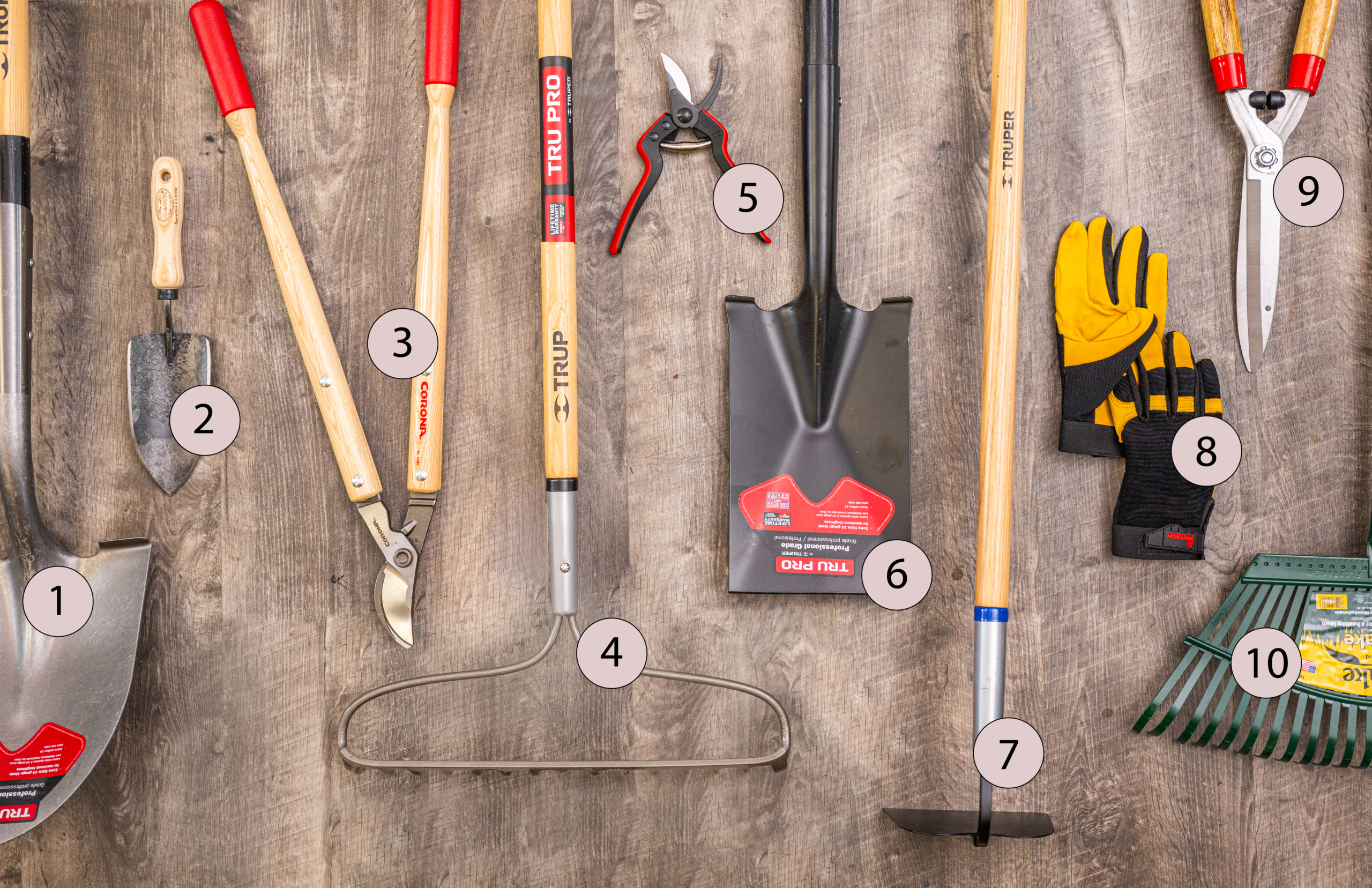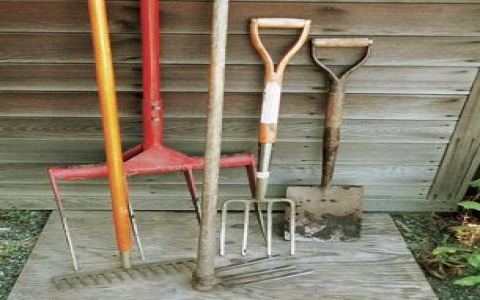Getting a Grip on Garden Cutting Tools – My Journey
You know, it’s funny how many folks think they can just grab any old pair of kitchen scissors and head out to tackle the garden. I was one of them, years ago. Thought I was saving a buck. What a mistake that was. I ended up with mangled plants, sore hands, and a whole lot of frustration. It’s not just about cutting; it’s about cutting right.
My first real wake-up call was this monster of a rose bush I inherited when I bought my place. Thing hadn’t been touched in, I swear, a decade. I went at it with some cheap bypass pruners I got from a discount store. The blades bent. The handles pinched my palms. I barely made a dent and ended up with more scratches on me than cuts on the bush. That rose bush just laughed at me. It was a proper battle, that was.

Figuring Out What Actually Works
So, I started to actually pay attention. Watched some old-timers, asked a few questions at the local garden center – not the big box stores, mind you, but the little place where the folks actually know dirt from diamonds. And slowly, I built up a decent arsenal. It wasn’t an overnight thing. More like trial and, oh boy, plenty of error.
Here’s what I’ve kinda settled on for most of my chores:
- Decent Bypass Pruners: For most everyday stuff, like deadheading flowers or trimming smaller branches on shrubs. Get a good pair. Seriously. Your hands will thank you. I learned the hard way that “good” doesn’t always mean “most expensive,” but it definitely doesn’t mean “cheapest.”
- Anvil Pruners: These are more for dead wood. They crush instead of slicing cleanly like bypass ones, so you don’t want to use them on live green stems much. But for snapping off those dry, brittle bits? Perfect.
- Loppers: Basically long-handled pruners. For branches that are too thick for hand pruners. The extra leverage is a game-changer. I remember trying to saw through a 1-inch branch with hand pruners before I got loppers. Took me ages and I probably looked like a fool wrestling with it.
- Hedge Shears: Not just for formal hedges. I use mine for shaping softer shrubs, cutting back ornamental grasses in the spring. Way faster than trying to do that kind of job with pruners.
- A Small Pruning Saw: For anything the loppers can’t handle. That rose bush I mentioned? The saw was what finally tamed the thicker, ancient wood at its base. Foldable ones are handy to carry around.
It wasn’t just about buying the tools, though. It was learning to use them. Sounds simple, right? But there’s a knack to getting a clean cut, knowing where to cut on a branch to help the plant heal, and, importantly, keeping the darn things sharp. A dull blade is almost worse than a cheap one. You end up tearing the plant, not cutting it. And cleaning them! Used to just toss them in the shed, all covered in sap and dirt. Then they’d rust or get jammed. Now I wipe them down, maybe give ’em a little oil. Makes a huge difference in how long they last and how well they work next time.
That One Overgrown Forsythia…
I remember this one spring, a few years back, I decided to tackle this absolutely wild Forsythia hedge that had basically become a small tree line. It was way overgrown, a tangled mess. I started with my hand pruners, quickly moved to the loppers, and then spent what felt like a whole weekend with the pruning saw. My arms ached, I was covered in sawdust and sweat. But slowly, methodically, I got it back into shape. And you know what? Seeing it bloom beautifully the next year, all neat and tidy, made all that effort worthwhile. Couldn’t have done it without the right tools. Trying that with just a pair of cheap pruners would have been a nightmare, probably would have just given up or, worse, butchered the poor thing.
So yeah, cutting tools. They’re not the fanciest part of gardening, maybe not as exciting as picking out new plants. But trust me on this, investing a bit of time and money into getting decent ones, and learning how to use and look after them, it just makes everything in the garden that much easier, and your plants will be a lot happier too. Less struggling, more actual gardening. That’s the goal, right?




















